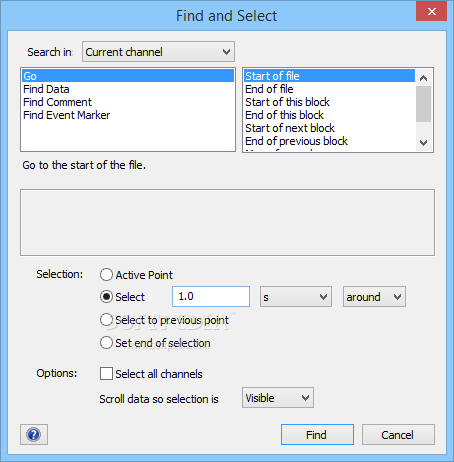

".*Parkinson.*" or ".*(phantom|bottle).*" filename : ~ # File name, e.g. Serves also as a look-up key to find a run in the bidsmap properties : &fileattr # This is an optional (stub) entry of filesystem matching (could be added to any run-item) filepath : ~ # File folder, e.g. The first run of each modality sub-section (like anat) also serves as the default bidsmapping when users manually overrule / change the bids modality using the bidseditor GUI.Īnat : # - All anatomical runs - provenance : ~ # The fullpath name of the DICOM file from which the attributes are read. &anatattributes_dicom) will inherit only the keys and can inject their own values, as shown in the second run. with <<: *anatattributes_dicom) this anchor (e.g. In that way, however, the subsequent runs that dereference (e.g. The second thing to notice is that, of the first run, all values of the attribute dictionary are empty, meaning that it won’t match any run-item. First, you can see that the DCCN template makes use of YAML anchors and aliases (to make maintanance more sustainable). If you open that template with a text editor, there are a few handy things to take notice of (as shown in the template snippet below). To organise and empower your template you can take the DCCN template bidsmap ( /heuristics/bidsmap_dccn.yaml) as an example and work from there. This is the adviced and most powerful way to create or modify a bidsmap template but requires more knowledge of YAML and more understanding of bidsmaps. The edit window with the option to export the customized mapping of run a item, and featuring properties matching and dynamic meta-data values ¶

Both limitations are overcome when directly editing the template bidsmap yourself using a text editor (see next point). Another limitation is that with the GUI you cannot make usage of YAML anchors and references, yielding a less clearly formatted bidsmap that is harder to maintain. The main limitation of using the GUI is that the run items are simply appended to a bidsmap template, meaning that they are last in line (for that datatype) when the bidsmapper tries to find a matching run-item. You can also open the template bidsmap itself with the bidseditor and edit it directly. You can still add advanced features, such as regular expression patterns for the attribute values. ‘EchoTime’) that vary across repeats of the same or similar acquisitions. Note that you should first clear the attribute values (e.g. If you have a run item in your study that you would like to be automatically mapped in other / future studies you can simply append that run to the standard or to a custom template bidsmap by editing it to your needs and click the button (see below). While this is certainly not recommended for most use cases, the easiest (quick and dirty) way to create a bidsmap template is to use the bidseditor GUI.


 0 kommentar(er)
0 kommentar(er)
